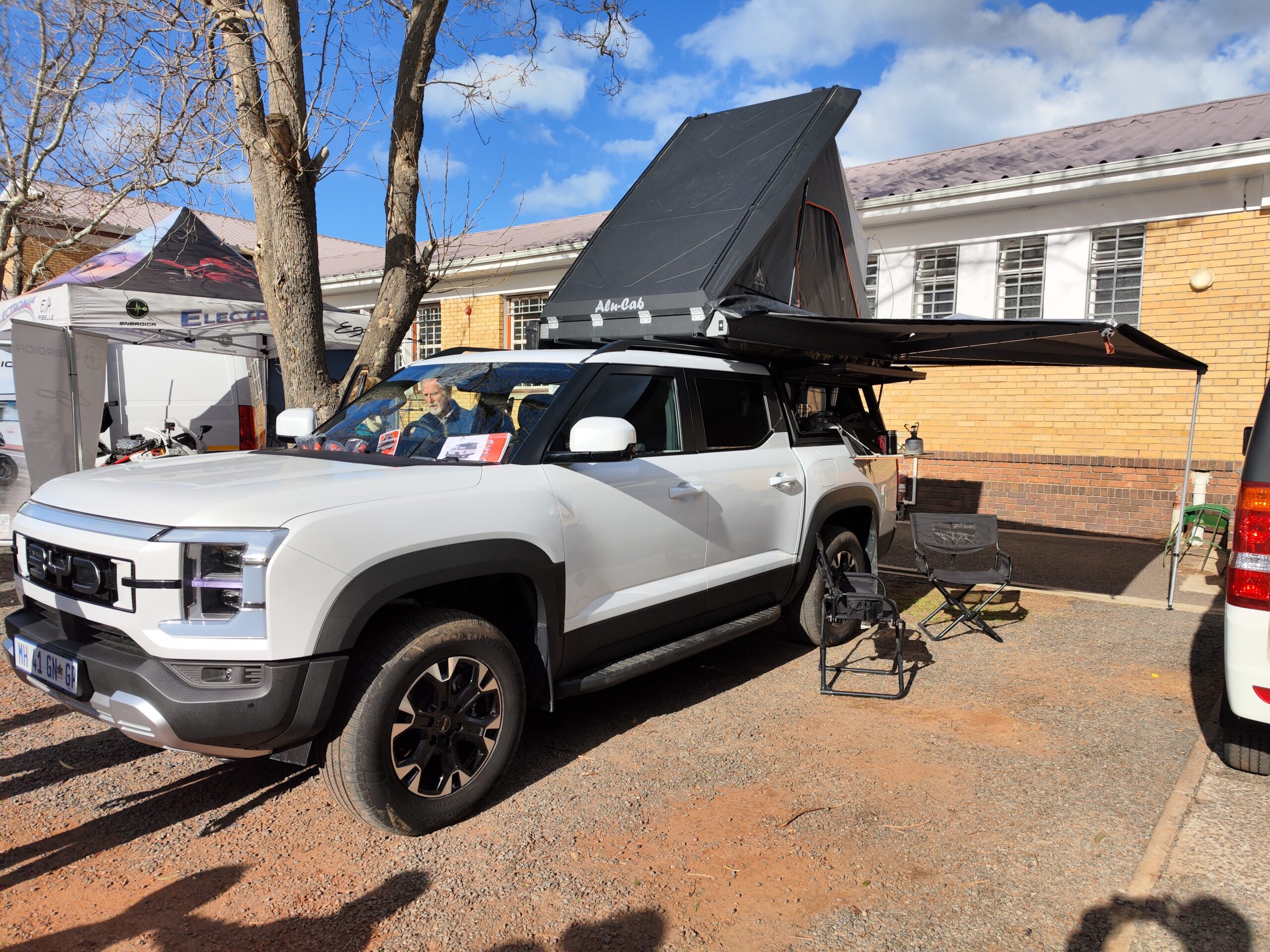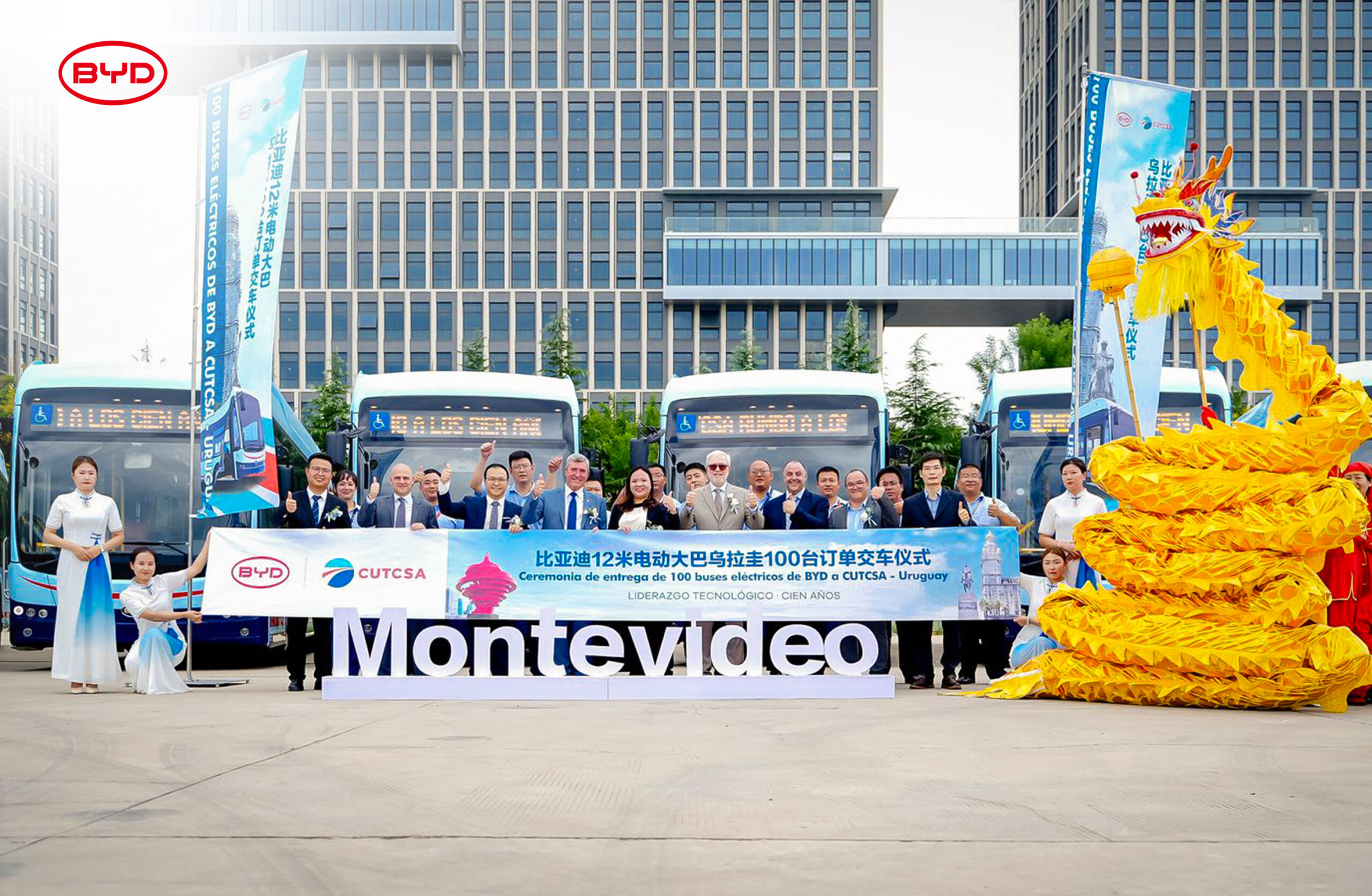Support CleanTechnica’s work through a Substack subscription or on Stripe.
Ivanpah was supposed to be the future. When it opened in the Mojave Desert in 2014, with its three towers glowing like beacons and almost 400 MW of capacity, it was the largest concentrated solar power plant in the world. It had the backing of Google, NRG Energy, BrightSource, and a massive loan guarantee from the US Department of Energy. The technology was dazzling, with 170,000 mirrors tracking the sun and focusing light on the boilers at the top of the towers. It was meant to prove that solar thermal power could scale to utility levels and deliver reliable electricity to California.
Instead, it has become a cautionary tale. Two of its three units are set to close after its utility off taker terminated long term contracts because the power was simply too expensive compared to newer solar and storage projects. Ivanpah never reached its full expected output, it relied on natural gas to get started every morning, and it killed thousands of birds each year. It cost $2.2 billion and is shutting down years before the end of its contracts.
The story of Ivanpah is not just about one project. It is a reflection of what has happened to concentrated solar power worldwide. A decade ago, it was seen as a leading option for decarbonization. Spain built 50 plants and the United States had a pipeline of large projects. Morocco invested in the Noor complex, South Africa put several towers and troughs online, and Dubai announced the tallest solar tower in the world.
Yet growth stalled. Today there are only about 7 GW of concentrated solar power operating globally, compared to over 1,000 GW of photovoltaic solar. Spain has not built a new plant in over a decade. The United States has built none since Ivanpah and Crescent Dunes. Morocco and South Africa rely on state backed support. China is building a handful of demonstration projects, but even there the focus is on wind and photovoltaic. The reason is clear. Photovoltaic costs fell much faster than expected and batteries followed. Concentrated solar power never caught up.
To defend its relevance, the industry leaned on thermal storage. Adding tanks of molten salt made it possible to store solar heat for six, eight, or ten hours and deliver power after sunset. For a while that seemed to give it an edge. Utilities in South Africa valued evening electricity and Morocco used storage to meet its peak demand. But battery costs kept dropping and four hour lithium systems could be bolted onto photovoltaic projects at lower cost than building an entire solar thermal plant. Longer duration options are on the horizon as well, from iron flow to compressed air. Concentrated solar’s one clear advantage has been eroded.
It was into this environment that Heliogen emerged, promising a new future for solar thermal. Founded in California and backed by Bill Gates, it claimed to have achieved 1,000 degree Celsius temperatures using smaller heliostats controlled with computer vision and artificial intelligence. The company’s narrative stacked innovations on top of each other. Small, modular mirrors that could be mass manufactured. Closed loop software calibration for ultra precise aiming. Particle receivers instead of molten salt to reach higher temperatures. Integration with supercritical CO2 turbines for higher efficiency. Extension into green hydrogen and synthetic fuels. Each element sounded impressive in isolation and the story of combining them created a compelling pitch to investors. It was the classic idea that multiple next generation technologies could leapfrog over the stagnation of conventional concentrated solar.
The problem was that this was a tower of risks and hype. If any one component failed or proved too expensive, the whole stack became unworkable. That is what happened with Capella, Heliogen’s planned 5 MW pilot. After completing front end engineering design and some prototyping, the company and its partner Woodside walked away, citing cost escalation. Heliogen closed facilities, cut staff, and pulled back to what it called second generation designs. I’m unsurprised, having assessed it six years ago and finding it deeply wanting.
By 2025 it agreed to be acquired by Zeo Energy in a merger that looked more like a rescue than a triumph. The company never built a single operating commercial scale plant. The stacked promises of AI heliostats, particle receivers, supercritical cycles, and hydrogen fuels did not survive contact with project economics. Zeo Engergy is apparently integrating the storage tech into its offerings, but not the CSP.
This is not surprising. Photovoltaic solar has a manufacturing base that churns out hundreds of gigawatts per year. Batteries are on a steep cost curve and can be deployed incrementally from homes to grid scale systems. Both technologies have global supply chains, short build times, and simple operating requirements. Concentrated solar plants take years to construct, require precision alignment of thousands of mirrors, high temperature materials, complex piping, and constant cleaning in dusty desert environments. They are expensive to finance, and when cheaper options exist, utilities and investors shift their money. That is what California did when it cut Ivanpah’s contracts short and that is what global markets have been doing for a decade.
There are still niches where concentrated solar could make sense. A few countries like Morocco and South Africa still find value in evening electricity from stored solar heat. But these are small corners of the energy system. The likelihood is that concentrated solar will remain a single digit gigawatt technology worldwide, while photovoltaics and batteries scale to tens of thousands.
Ivanpah and Heliogen both tell the same story. Ambitious projects and innovative concepts are not enough when market fundamentals move against you. Ivanpah showed the limits of scaling first of a kind technologies too quickly. Heliogen showed the risks of stacking too many unproven ideas in the hope that the combination would be irresistible. Both collided with the reality that cheaper, simpler, and faster solutions were racing ahead outside their gates. Investors and policymakers should take the lesson that multiplying hype does not create resilience. What matters is proven cost declines, supply chains that scale, and real market demand.
The golden mirror age of concentrated solar is ending. Its images of glowing towers and sweeping heliostat fields will remain impressive, but they are monuments to a technology that had its chance and could not keep up. Photovoltaics and batteries are delivering what concentrated solar once promised, and they are doing it at scale and at lower cost. Heliogen’s collapse and merger were not accidents. They were the inevitable outcome of an industry that could not match the pace of its rivals. I just hope that people and organizations now stop decorating articles with those impressive images.
 Sign up for CleanTechnica’s Weekly Substack for Zach and Scott’s in-depth analyses and high level summaries, sign up for our daily newsletter, and follow us on Google News!
Sign up for CleanTechnica’s Weekly Substack for Zach and Scott’s in-depth analyses and high level summaries, sign up for our daily newsletter, and follow us on Google News!
Have a tip for CleanTechnica? Want to advertise? Want to suggest a guest for our CleanTech Talk podcast? Contact us here.
Sign up for our daily newsletter for 15 new cleantech stories a day. Or sign up for our weekly one on top stories of the week if daily is too frequent.
CleanTechnica uses affiliate links. See our policy here.
CleanTechnica’s Comment Policy





